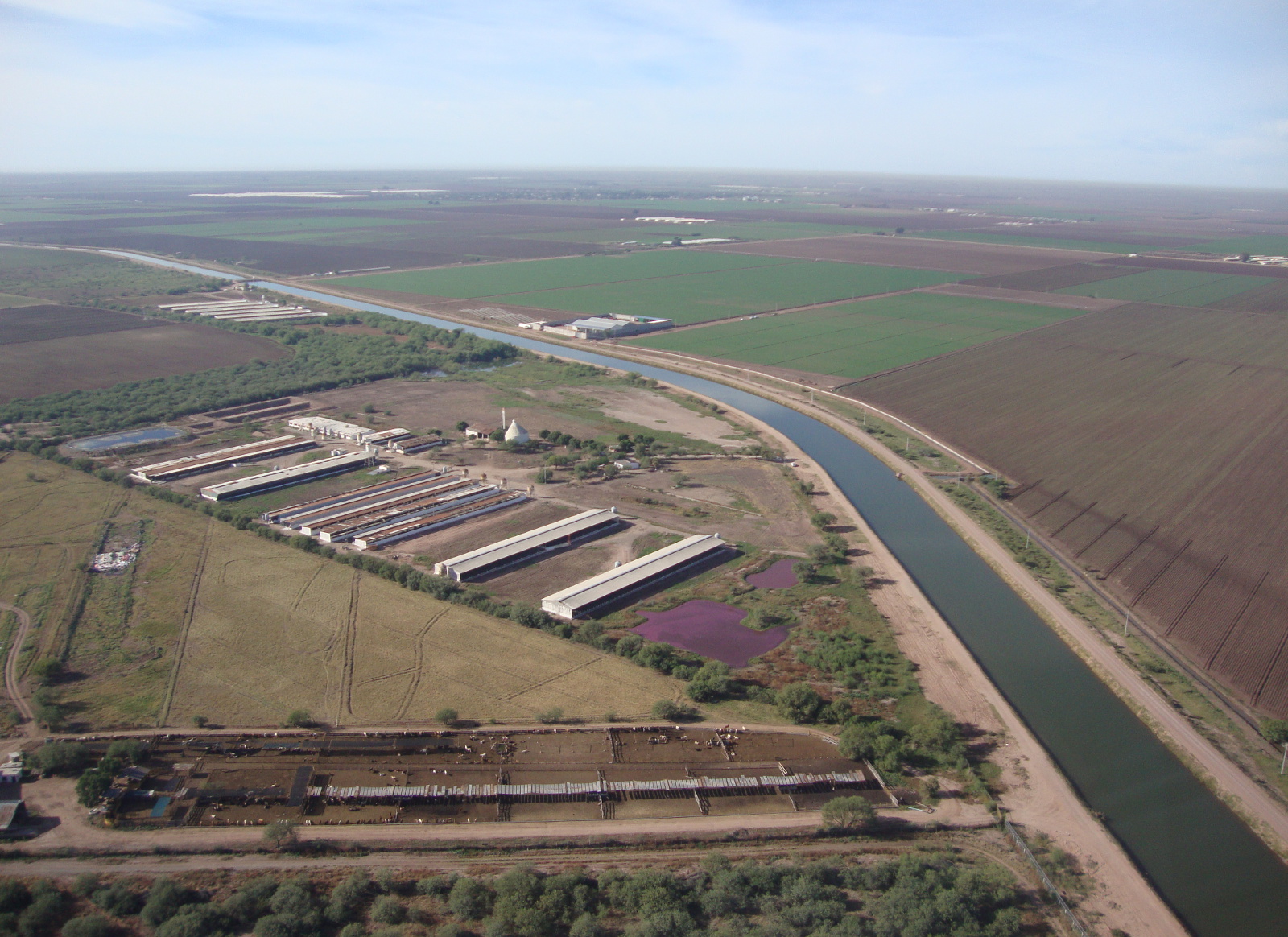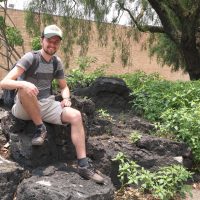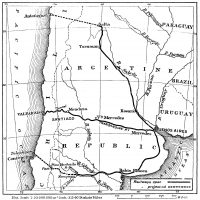Why do we travel? I know that people travel for diverse reasons. For my part, I travel to learn. If I want to learn about some part of the world, I find that there is no substitute for actually going there in person, walking around, talking with people (if I can), making notes, and taking pictures.
But I can only learn so much from travel. To get deeper knowledge, I need to read books written by people who are more experienced and knowledgeable than me. Travel and reading go hand-in-hand. My travel experiences make me pay more attention to parts of the books I read, and often my reading makes me want to go back to a place to pay more attention to something I had missed before.
Here is an example of how reading can help me better understand a place I have visited. I have been reading Distant Neighbors: A Portrait of the Mexicans, by Alan Riding (1983, revised edition published in 1986). This was a lucky used bookstore find. Riding is a British journalist, but he wrote the book for an American audience. In the introduction, he argues that Americans hardly understand Mexico at all, and we need to understand the country better. This is why he wrote the book.
I agree that Americans really don’t try to understand our southern neighbor. Apart from the drug wars near the US border, Mexico does not appear in American news very much. When we teach world history at the college level, Mexico has its fifteen minutes of fame during the Aztec conquest. Then it disappears.
My knowledge of post-1521 Mexico is therefore almost a complete blank, and so I have had plenty to learn from Distant Neighbors.
According to the book, the man who really created modern Mexico was Miguel Alemán, who served as president of the country from 1946 to 1952. Alemán opened the country to large-scale foreign investment. This was when American companies like Ford and Coca-Cola entered Mexico. Thanks in large part to American investment, the Mexican middle class grew rapidly during Alemán’s presidency and afterward.
Alemán also invested in big irrigation projects to promote agriculture in Sonora and Sinaloa. These two states are in arid northwestern Mexico. Sonora is just across the international border from Arizona; Sinaloa is the next state south of Sonora. Alemán wanted farms in northwestern Mexico to grow crops on a large scale, with irrigation and fertilizers, like farms in the USA. Most of the agriculture in these two states is organized in large farms, either privately-held latifundios, or sometimes a collective of small holdings known as ejidos granted to the Yaqui and Mayo people in government land-reform programs.
A couple of years ago, I visited the town of Ciudad Obregón in Sonora. (See “An Audience with Dr. Borlaug” for more information about Obregón.) I saw the large-scale agriculture, but I didn’t know why or when the countryside was developed in that way. I also didn’t know why the main street in Obregón is named Calle Miguel Alemán. (“Calle” means “street.”) Now, thanks to Alan Riding’s book, I do.






Andrew Semotiuk
Very insightful post. I wish more people sought to understand their neighbours.